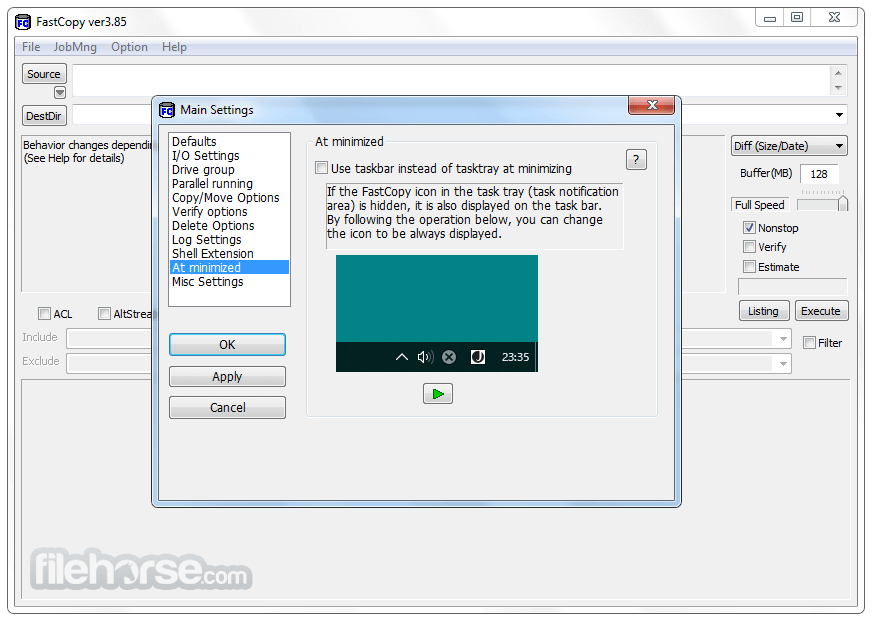

The components of both waves are orthogonal to the direction of propagation and to each other. The basic ideas in this paper stem from a simple observation: the geometric similarity between the quantum-mechanical wavefunctions and electromagnetic waves is remarkably similar. Hence, the Copenhagen interpretation of the wavefunction remains relevant: we just push its boundaries. It explains diffraction and interference of amplitudes but it does not explain why a particle will hit the detector not as a wave but as a particle. As such, we do not challenge the complementarity principle: the physical interpretation of the wavefunction that is offered here explains the wave nature of matter only. We offer an interpretation of wave mechanics. We assume the reader is already familiar with the key principles and, importantly, with the basic math.

This is not another introduction to quantum mechanics. While the approach offers a physical interpretation of the wavefunction, the author argues that the core of the Copenhagen interpretations revolves around the complementarity principle, which remains unchallenged because the interpretation of amplitude waves as traveling fields does not explain the particle nature of matter.

Finally, as an added bonus, concepts such as the Compton scattering radius for a particle, spin angular momentum, and the boson-fermion dichotomy, can also be explained more intuitively. Also, Schrödinger’s wave equation may then, effectively, be interpreted as a diffusion equation for energy, and the wavefunction itself can be interpreted as a propagating gravitational wave. For example, the energy densities are proportional to the square of the absolute value of the wavefunction and, hence, to the probabilities, which establishes a physical normalization condition. The classical electromagnetic field equations for energy densities, the Poynting vector and spin angular momentum are then re-derived by substituting the electromagnetic N/C unit of field strength (mass per unit charge) by the new N/kg = m/s 2 dimension. 🙂Ībstract : This paper explores the implications of associating the components of the wavefunction with a physical dimension: force per unit mass – which is, of course, the dimension of acceleration (m/s 2) and gravitational fields. If you have been following my blog – and many of you have – you will want to digest this. 🙂 It is probably best to download it as a pdf-file from the site because this was a rather fast ‘copy and paste’ job from the Word version of the paper, so there may be issues with boldface notation (vector notation), italics and, most importantly, with formulas – which I, sadly, have to ‘snip’ into this WordPress blog, as they don’t have an easy copy function for mathematical formulas. It is there now, and I think it is good – and that‘s an understatement. This is the paper I always wanted to write.


 0 kommentar(er)
0 kommentar(er)
